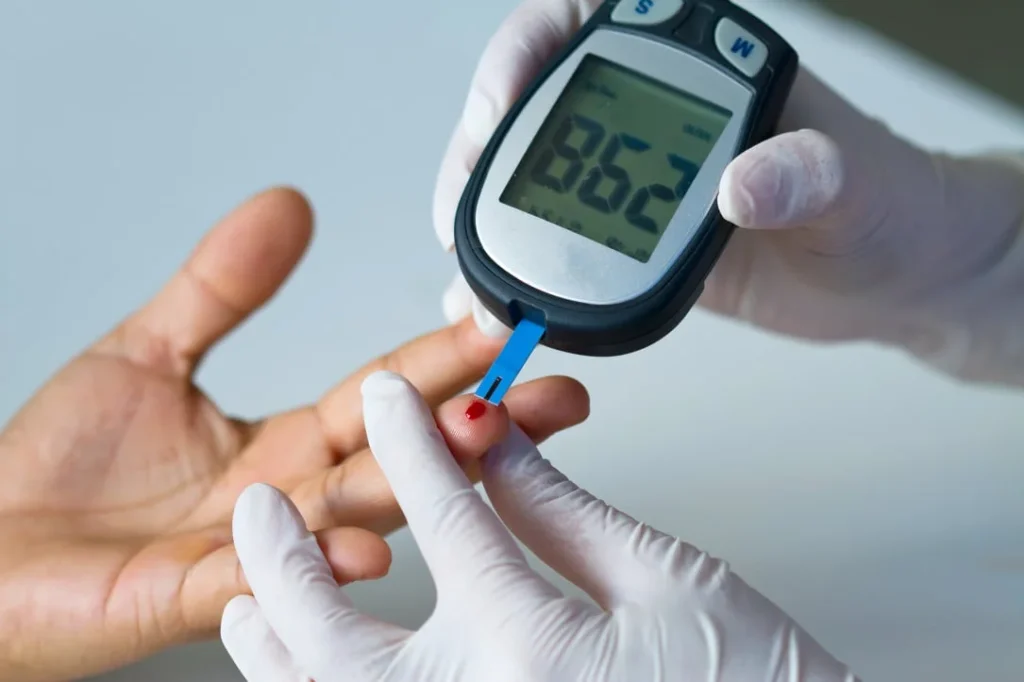Diabetes is a chronic condition that affects millions of people worldwide. While the disease primarily targets blood sugar levels, it can also have a significant impact on various parts of the body, including the feet. As a podiatrist, it is crucial to understand the effects and symptoms of diabetes on the feet in order to provide comprehensive care and help patients maintain their foot health. In this blog, we will delve into the different ways diabetes can affect the feet and discuss the symptoms that may arise.
Diabetes can also lead to peripheral arterial disease (PAD), which is a condition that affects blood flow in the legs and feet. PAD occurs when the blood vessels in the legs become narrowed or blocked, reducing the blood flow to the feet. This can cause pain, delayed wound healing, and even increase the risk of infections.
Effects of Diabetes on the Feet
Neuropathy
Diabetic neuropathy is one of the most common complications of diabetes. It is a condition that affects the nerves, resulting in a loss of sensation, burning, tingling, or pain in the feet. Neuropathy can make it difficult for patients to feel injuries or pressure sores, which may lead to more severe foot problems if left untreated.
Peripheral Arterial Disease (PAD)
Diabetes can also lead to peripheral arterial disease (PAD), which is a condition that affects blood flow in the legs and feet. PAD occurs when the blood vessels in the legs become narrowed or blocked, reducing the blood flow to the feet. This can cause pain, delayed wound healing, and even increase the risk of infections.

Foot Ulcers
Foot ulcers are open sores that develop on the feet, and they are more common in people with diabetes due to poor circulation and neuropathy. Ulcers can be difficult to heal and may become infected, which could lead to more severe complications, such as gangrene or amputation if not treated promptly.
Charcot Foot
Charcot foot is a rare but serious complication of diabetes that involves the weakening of the bones and joints in the foot. This condition can lead to deformities, fractures, and severe disability. It is essential to detect and treat Charcot foot early to prevent long-term damage.
Symptoms of Diabetic Foot Problems
Some common symptoms of diabetic foot problems include:
- Numbness, tingling, or burning sensation in the feet
- Ingrown toenails or fungal infections
- Loss of sensation or reduced ability to feel pain, heat, or cold
- Sharp pain, cramps, or muscle weakness in the feet
- Skin color changes, such as redness, warmth, or swelling
- Dry or cracked skin, especially around the heels
- Slow-healing sores, cuts, or blisters
- Calluses or corns developing on the feet.

Preventing Diabetic Foot Complications
To reduce the risk of foot complications, it is important for diabetic patients to take proper care of their feet. Some preventive measures include:
- Regularly inspecting the feet for any changes or signs of injury
- Washing the feet daily with mild soap and warm water
- Keeping the feet dry, especially between the toes
- Moisturizing the feet to prevent dry, cracked skin
- Trimming toenails straight across to avoid ingrown toenails
- Wearing well-fitting, comfortable shoes and clean, dry socks
- Avoiding walking barefoot to prevent injuries
- Scheduling regular foot exams with a podiatrist
Conclusion
Diabetes can have a significant impact on the health of your feet. Being aware of the effects and symptoms of diabetes on the feet is crucial for preventing complications and maintaining overall foot health. If you have diabetes, be proactive in caring for your feet and consult with a podiatrist regularly to ensure proper management of your condition.



